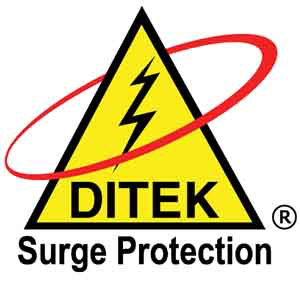
Cell phone cameras have made everyone who owns one a citizen journalist. Mobile journalists are quick to capture video of an incident and then just as quickly post it to social media. In some cases, this ?video evidence? is used for social monitoring or even prosecutions.
While cell phone cameras can be used to document anything at any time, the application is not the same as a video surveillance system. Unlike cell phones, video surveillance systems capture and document everything on a 24/7/365 basis – without anyone being in attendance to witness and record the details.
This was the case for a New York-based grocer when a customer filed a false insurance claim after supposedly tripping over a rug at the front door. Video evidence showed the customer had adjusted the rug to make it look like he tripped. The claim was dropped when the customer was confronted with the video evidence, saving the grocer from an expensive liability problem.
With surveillance footage being such an invaluable tool for exposing false injury claims and theft, it is crucial to protect cameras from power outages, surges, and voltage transients on network data lines that can leave video surveillance systems inoperable. By installing surge protection on the system, businesses can be assured their cameras and surveillance systems are always ready.
Some times it is the little things that can cause the biggest headaches. If you have a large-dollar investment in a video surveillance infrastructure, doesn’t it make sense to spend a couple extra dollars to protect that system from everyday power issues? Protect your systems that protect your organization and don’t forget to provide the power protection equipment.
Source: diteksurgeprotection.com
